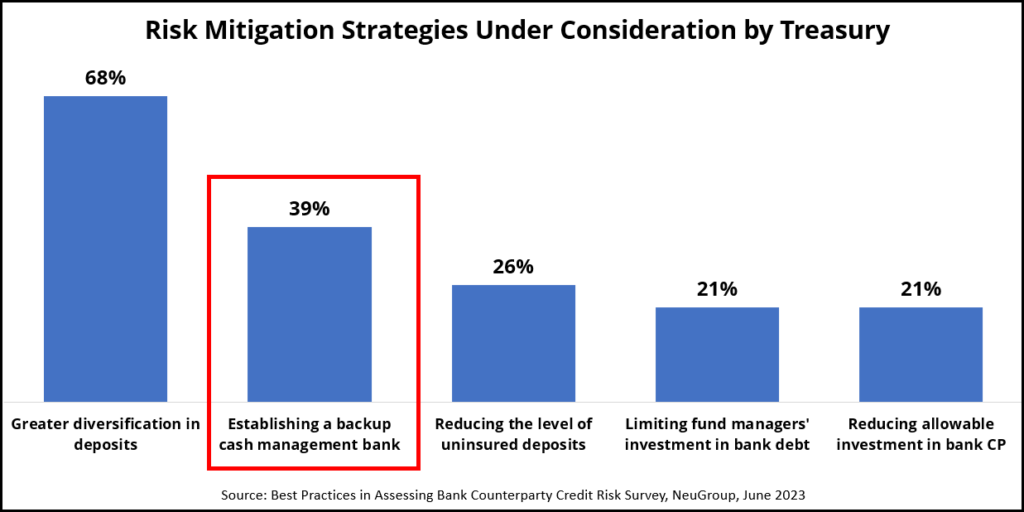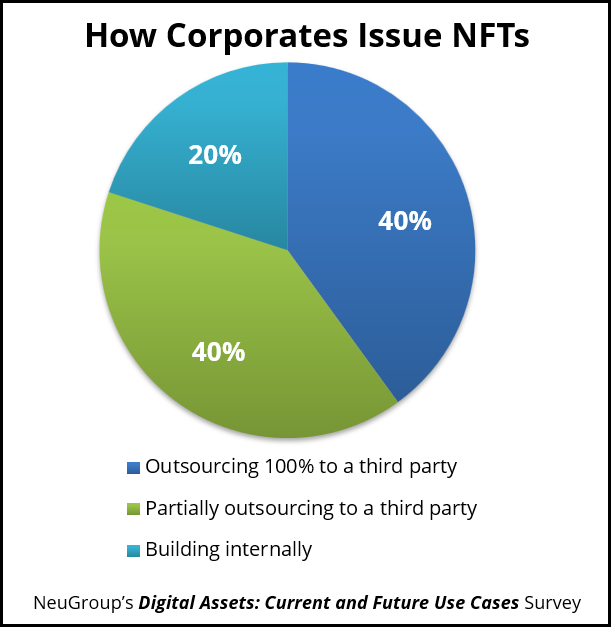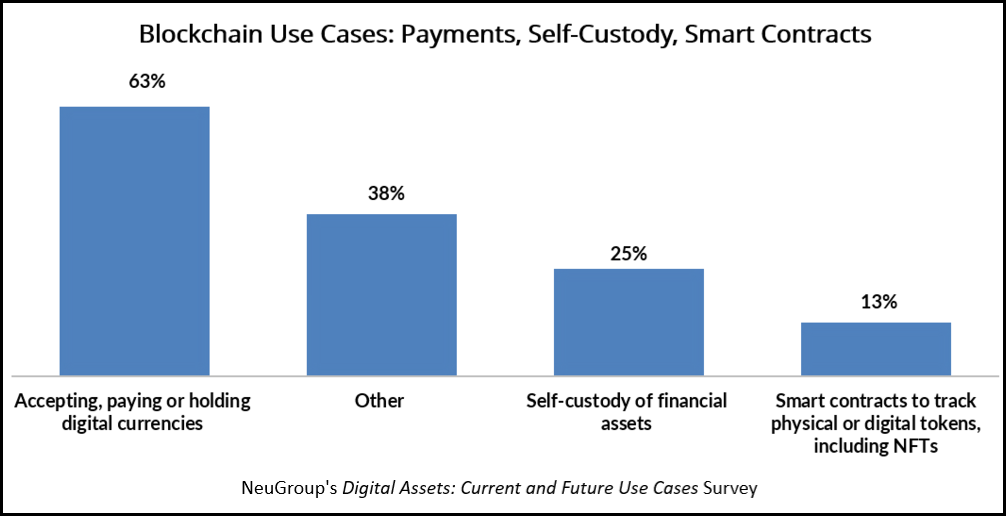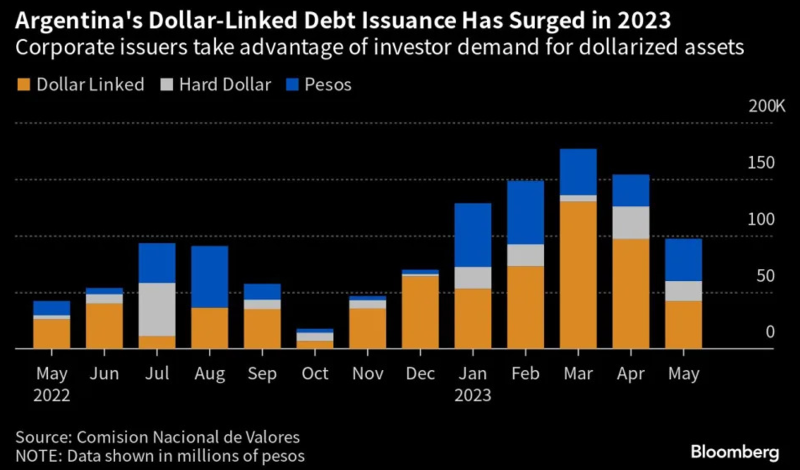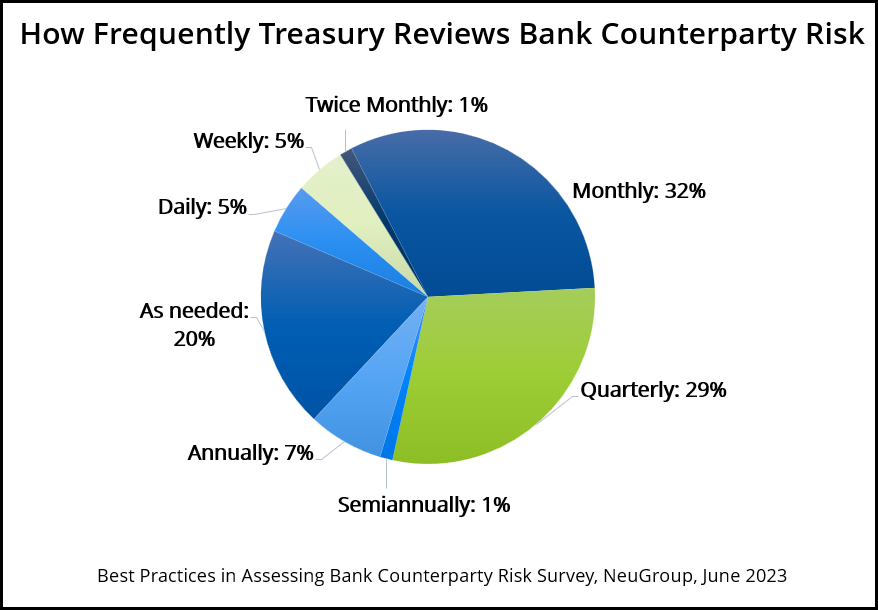
Coca-Cola’s internal model of ChatGPT has numerous use cases for treasury team members who learn to use the AI tool.
Coca-Cola is one of several NeuGroup member companies that have partnered with OpenAI to create an internal version (also known as an instance or model) of ChatGPT that runs entirely on servers owned by the corporate. Within Coca-Cola treasury, senior director of emerging capabilities Rui (Ree) Yang is spearheading the effort to put the artificial intelligence tool to work by guiding employees to find uses that cut down on hours spent on repetitive tasks.
- Ms. Yang is leading by example through a variety of use cases for the chatbot, including a recent project in which she created a world map that features every country’s credit default swap spread. Using Excel’s internal mapping function, she worked with ChatGPT to write a code that pulls and cleans data from FactSet, a data software provider, and outputs a heat map of the globe which can be updated in seconds.
Coca-Cola’s internal model of ChatGPT has numerous use cases for treasury team members who learn to use the AI tool.
Coca-Cola is one of several NeuGroup member companies that have partnered with OpenAI to create an internal version (also known as an instance or model) of ChatGPT that runs entirely on servers owned by the corporate. Within Coca-Cola treasury, senior director of emerging capabilities Rui (Ree) Yang is spearheading the effort to put the artificial intelligence tool to work by guiding employees to find uses that cut down on hours spent on repetitive tasks.
- Ms. Yang is leading by example through a variety of use cases for the chatbot, including a recent project in which she created a world map that features every country’s credit default swap spread. Using Excel’s internal mapping function, she worked with ChatGPT to write a code that pulls and cleans data from FactSet, a data software provider, and outputs a heat map of the globe which can be updated in seconds.
- At the first-half meeting of NeuGroup for Digital Assets, she briefly discussed her company’s partnership with OpenAI. She later walked NeuGroup Insights through her journey so far to embrace ChatGPT and help coworkers see the potential in the tool, rather than fear it.
- “Technology can’t run a business, you need human beings to run a business,” she said. “But tools can help us become more efficient and productive—that’s the type of mentality we’re trying to embed into employees.”

Rui Yang, Director of Emerging Capabilities, Coca-Cola
Putting ChatGPT to work. ChatGPT has proven particularly valuable for streamlining tasks like Excel document creation and writing code for specific automations; in the case of the global CDS map, the hours required to make the chart manually would likely have exceeded the benefit.
- Because the data is on a private server, employees can use ChatGPT for tasks that deal with sensitive information with no risk of the publicly available model being trained on what employees share—surely a balm for risk managers concerned about leaks. Employees can ask specific questions about topics including org charts, company history and acronyms used by coworkers, which Ms. Yang said is incredibly useful for onboarding.
- “Another way ChatGPT helps is it’s a really good proofreader,” she said. “If I’m writing a white paper or something that’s very formal, I may write my initial draft and ask it to proofread for me. It does a great job.”
Improving coding knowledge. Ms. Yang has basic coding knowledge but isn’t an expert at writing scripts, even for small automations. In just a few months working with ChatGPT, though, she’s been able to implement successful code generated in part by the tool and become better at understanding software coding more broadly.
- When asked to build a web page for an internal announcement, Ms. Yang said she didn’t quite know where to start. But by asking ChatGPT questions about web design and the functions required to build what she needed, she completed the project in half a day.
Asking the right questions. Generative AI tools like ChatGPT often introduce errors known as hallucinations, but Ms. Yang said issues like this are often prevented by knowing how to ask the right questions.
- “Having a good answer is highly correlated to asking the right question,” she said. “There’s definitely a learning curve for how to be a competent ChatGPT user.”
- But once a user starts to understand the potential applications and limitations of the tool, she said it can improve their critical thinking skills while teaching resourcefulness.
Upskilling employees. Coca-Cola’s forward-looking approach to technology is not just about efficiency; it’s also about empowering the workforce and improving an employee’s skill set. “People have a fear of technology taking over a job, but I think the best way to be in command of technology is to learn to master it,” she said.
- “Different types of repetitive jobs may shrink because of technology, that’s almost inevitable—so why not put yourself in a position where you’re upskilling yourself and learning these new capabilities?”
Building the habit. In many cases, NeuGroup members have shared that younger employees pick up tech tools faster than long-tenured ones, but Ms. Yang said that hasn’t been the case for ChatGPT. For all employees, implementing the tool has required intentional time spent learning how to use it and building the habit.
- Ms. Yang consistently checks in and makes sure her coworkers use ChatGPT, especially if they’re bogged down by a repetitive task.
- “There is a high chance ChatGPT can write a code to automate that process, and that can save lots of time—and provide an opportunity to master a skill,” she said.



